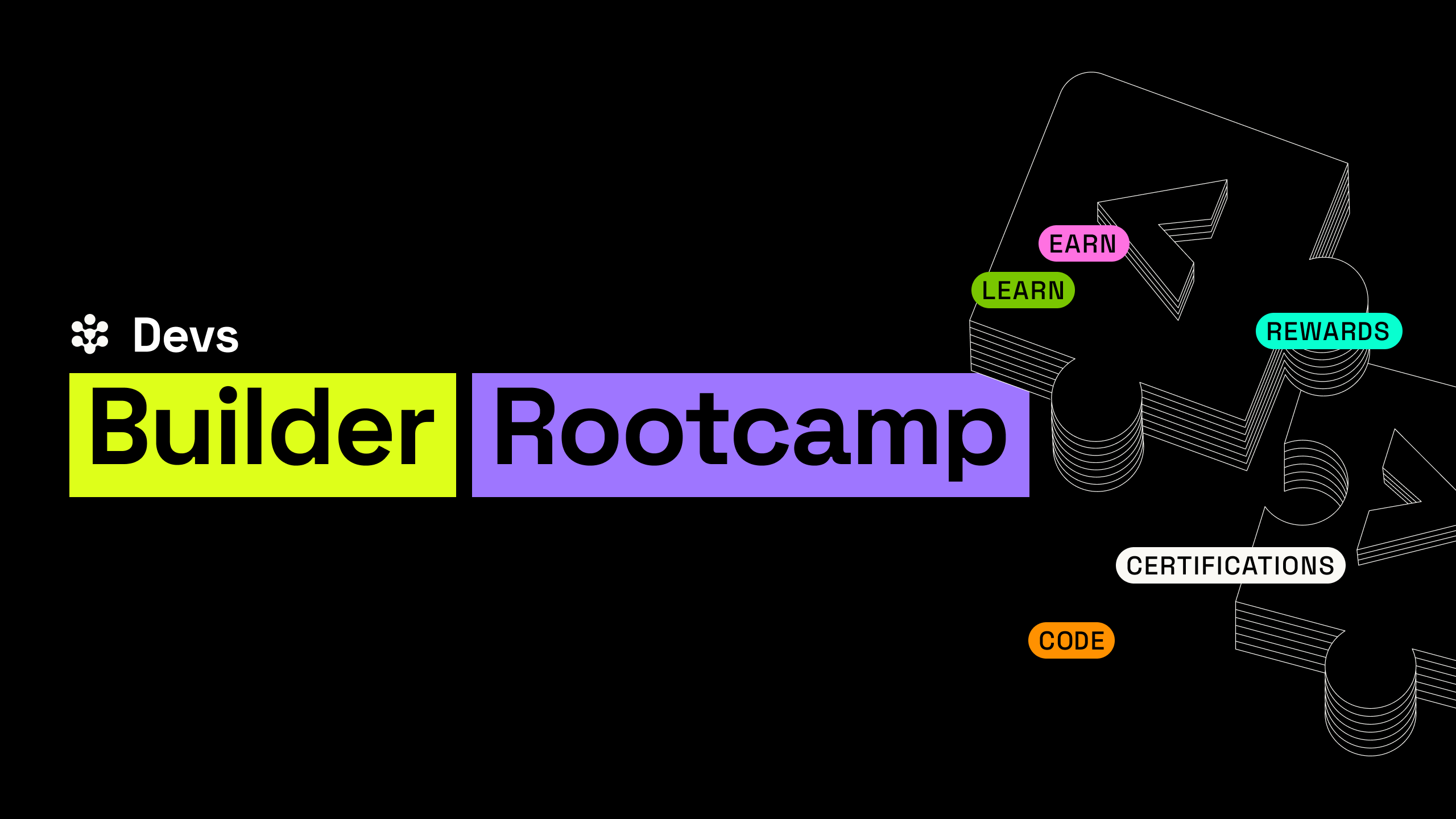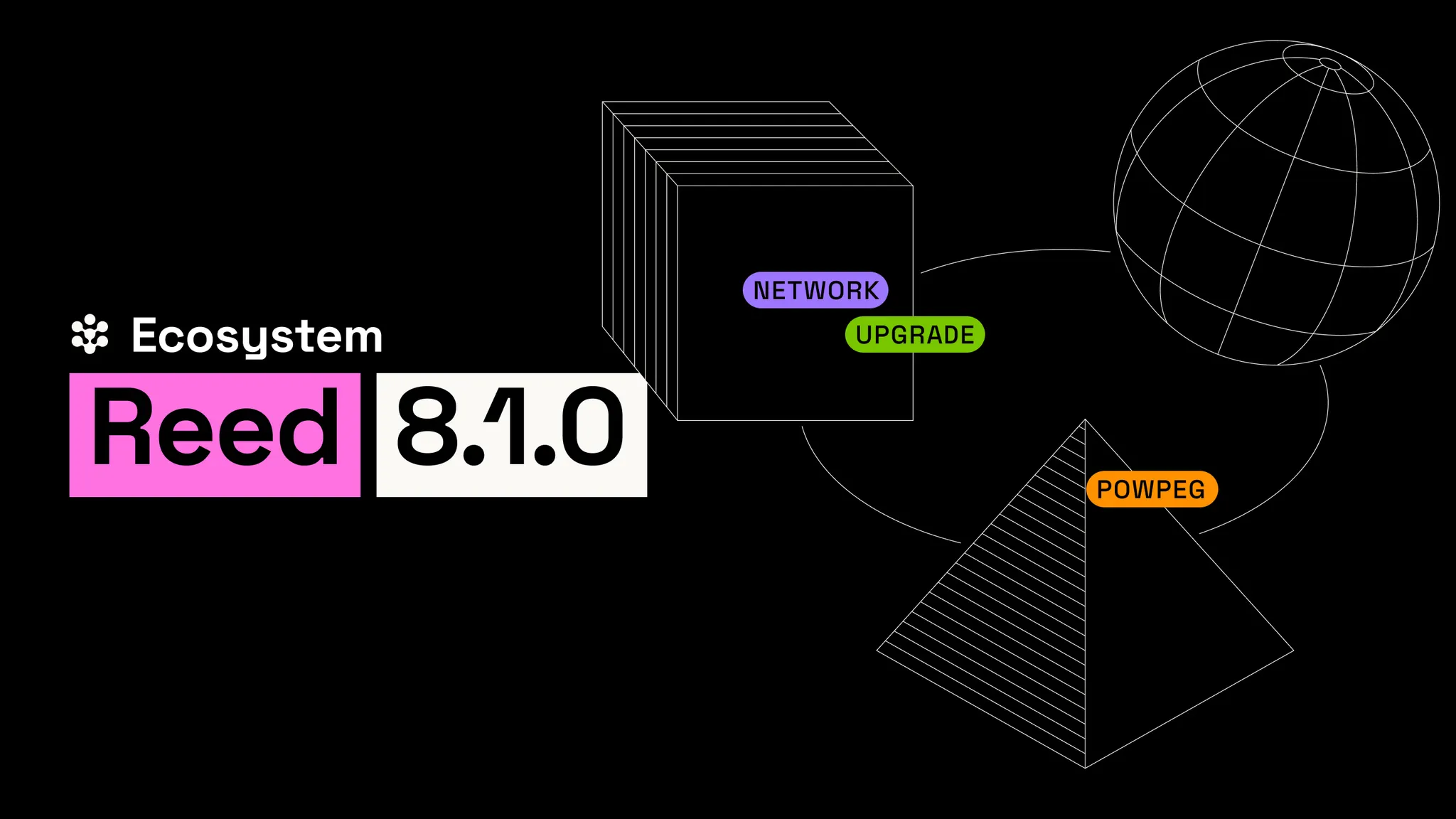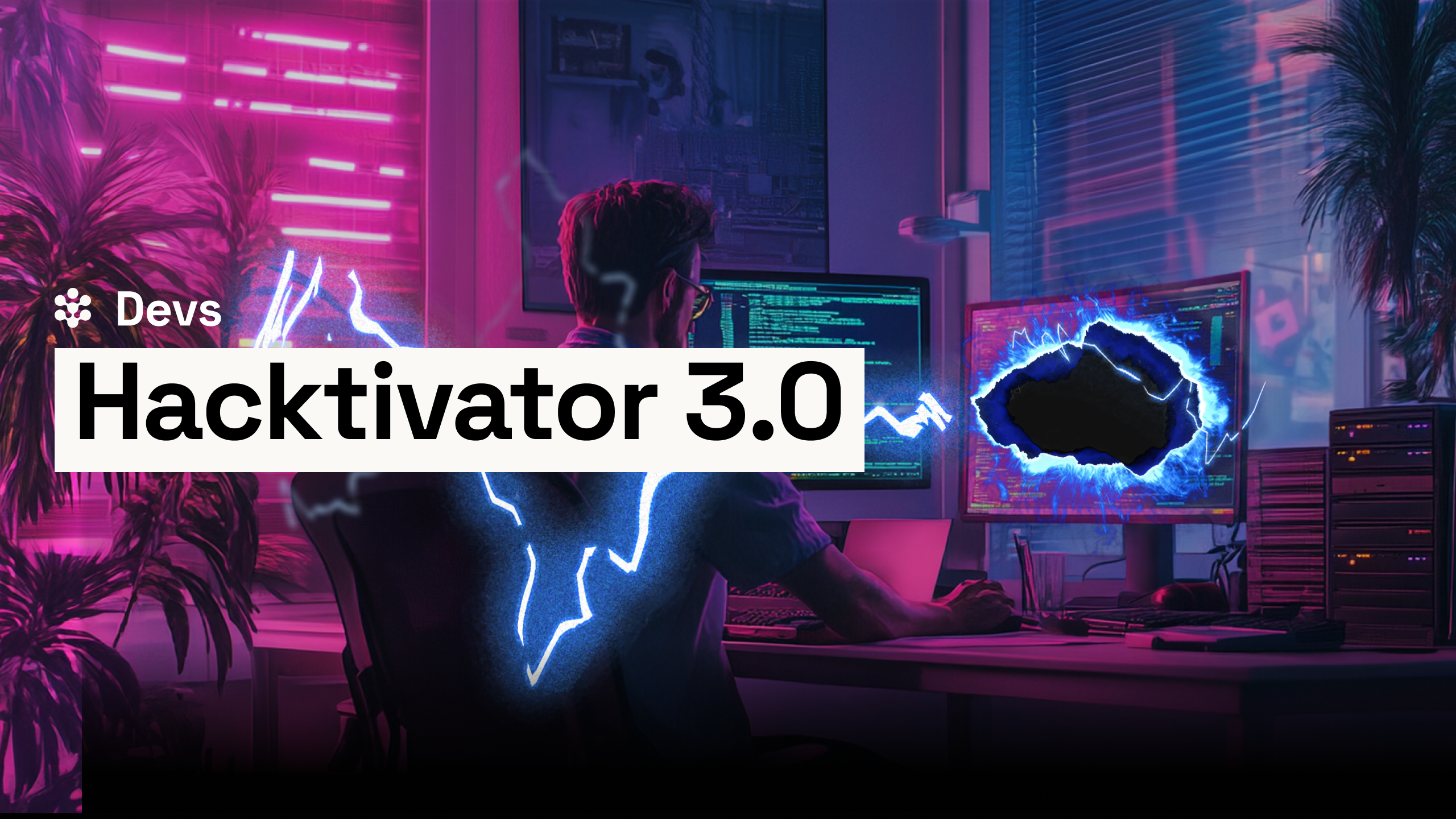By Leandro Yalet
The objective of this post is to update our 2019 analysis about different blockchains doing merged mining.
The blockchains discussed in such analysis, each with their unique characteristics and purposes, use merged mining to secure their networks. Not all those chains remain active. This report will focus on the subset that still shows a significant transaction volume.
Following up, we present relevant information about each of the chains and finally we introduce a profitability comparison:
Elastos (ELA)
- Released in December 2017.
- Elastos has a hybrid consensus mechanism that incorporates Auxiliary Proof-of-Work (AuxPoW) and Delegated Proof-of-Stake (DPoS), both of which are run by Community Nodes.
- Blocks are generated every 60 seconds on average.
- Each block that is mined creates 5 ELA as part of the yearly inflation. Of this 5 ELA, 30% goes to the ecosystem development fund managed by Cyber Republic (consensus-based community governance mechanism), 35% to the miner who found the block, and 35% to the DPoS nodes.
Myriad (XMY)
- Released in February 2014.
- It is the first currency to support five hashing algorithms (Scrypt, SHA-256D, Yescrypt, Skein and Myriad-Groestl) where any of them can be used to validate a block. Myriad can be merge mined (AuxPoW) with other Scrypt and SHA-256D cryptocurrencies.
- Each proof of work algorithm has its own independent difficulty.
- Halving every 967680 blocks, initial reward of 1000 XMY
- Current block reward is 250 XMY
- Blocks are generated every 60 seconds on average.
Blast (BLAST)
- Released in December 2017.
- Blast is an experimental digital currency that can do merged mining with Bitcoin and other SHA256 coins. The focus is to provide support for software like the cryptoBLAST video game, utilizing segwit transactions for data tracking.
- Halving every 640000 blocks
- Block reward: 6.25 BLAST
- Blocks are generated every 32 seconds on average.
Syscoin (SYS)
- Released in August 2014.
- Syscoin has a PoW/PoS hybrid consensus model. PoW is SHA256 merged mining with Bitcoin.
- Rewards: 38.5 Syscoin deflated 5 percent per year of which 10 percent is allocated to governance proposals (3.85 Syscoin). 75 percent of the result goes to masternode and 25 percent to miner.
- Current block reward: 8.229375 SYS
- Blocks are generated every 60 seconds on average.
Unobtanium (UNO)
- Released in October 2013.
- It is a cryptocurrency with SHA-256 algorithm having 3 minute block targets and a difficulty re-adjustment every block, it also has an implementation of the famous Kimoto Gravity Well (KGW) difficulty readjustment algorithm and is concurrently mineable alongside with Bitcoin using merged mining.
- Block reward: 0.01 UNO
- Blocks are generated every 180 seconds on average.
Terracoin (TRC)
- Was created by an anonymous developer on October 26th, 2012. Eventually it fell into a state of abandonment and on February 13th, 2016, The Terracoin Foundation took over development and support. Terracoin is minable with the SHA256 algorithm, allowing merged mining with Bitcoin.
- Block reward: 4.5 TRC
- Blocks are generated every 120 seconds on average.
The following chart shows the monthly rewards, per chain, that miners earn by doing merged mining.

Where:
- Average Block Reward is the amount of Native Coin earned by the miners per block and this includes block generation rewards and fees rewards (average for the month of April 2020).
- Block Time is the average time of the mining process.
- Monthly Reward is the product between Average Block Reward and the amount blocks mined per month.
- Native Coin Price is the price of native coins in United States dollars (USD) using reference prices from CoinMarketCap on the 28th April 2020.
- Monthly Rewards is the product between Monthly Reward (Native Coin) and Native Coin Price (USD).


